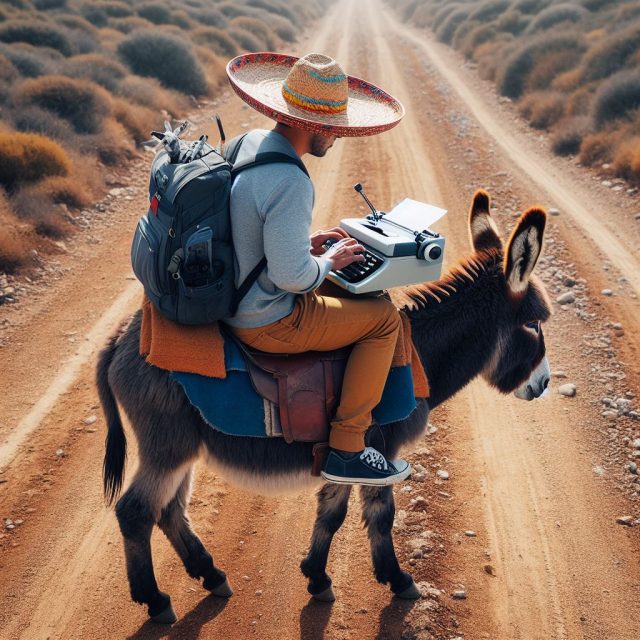As a writer, I feel it’s not only my duty to write stories that entertain, but it’s also all about sharing what I write. Okay, I also charge my readers for some of my work, but that’s called making a living. In the main, I do a decent job of sharing my writing. After all, I’ve given away more books than I’ve actually sold. 17,561 given away free and 2,393 sold. If that’s not sharing, I don’t know what is.
Once upon a time, in another place and another time (good start to a story) I was a computer programmer. Programmers, I know full well, love to twiddle with their masterpieces. We create a program (known as an app these days, short for application) for a purpose, but once created we twiddle and tweak our work, trying to refine if it, make it a better experience for the user. But not if it makes life more complicated for the end user. Twitter and other social media platforms are the ultimate in sharing things between end users. Which is why I would love to know why Twitter make that sharing more difficult for us when they changed their Card Validator.
The Card Validator is was a useful little app that allows us to look at our blog posts or any other post as it would appear on Twitter. You simply tap in or copy and paste the URL to what you want to share and up pops a display of what your blog piece or otherwise will look like, image and all, when it’s displayed on Twitter. Only it doesn’t do that these days. Twitter have moved card preview to Tweet Composer and they give you a link. The only problem is the link takes you to a page that is a confusing statement. And that’s it, you’re lost!
Facebook on the other hand make it so easy it’s akin to falling off a cliff. Don’t be sceptical, dear reader, I’ve fallen off a cliff and know how easy it is to do… and how much it hurts when you land.
In any event, the card validator for Twitter still works, but it doesn’t show you what your post will look like. But what it does do, when you click on the Preview Card button, is register the URL somewhere in the Twitter backstage goings on for the post to display. Not doing so will result in no image being displayed at all initially. So, make sure you use the Card Validator here first to ensure your post displays as well as it can. But also bear in mind you will need to click the Preview Card button several times first. Also, make sure your image is the correct size to be displayed on Twitter, or you may find heads on people will simply disappear. Oh, and one final tip, do the same on Facebook’s Sharing Debugger. Because for some odd reason, if Twitter cannot find the correct information when displaying a post, it will often refer to a Facebook version. So do as I do when I finish a post ready to put onto Twitter. Share using Facebooks Sharing Debugger here and clicking the Debug button once when you have typed in or pasted the URL, then you may be asked to Fetch New Information. Then click on Scrape Again several times. Then do the same on Twitter’s Card Validator as described earlier in this piece.
One last heads-up. Sometimes the Card Validator doesn’t work at all, and your Twitter post may not display the image. In that case, it will display the image, eventually, after a day or two. Don’t ask me why, just another silly little foible in the social media Universe that is Twitter.
Oh, you may be wondering what the image of elephants has to do with sharing. Just remember, an elephant never forgets. Be an elephant, and don’t forget to share.
Happy sharing.
Copyright © Tom Kane 2023










